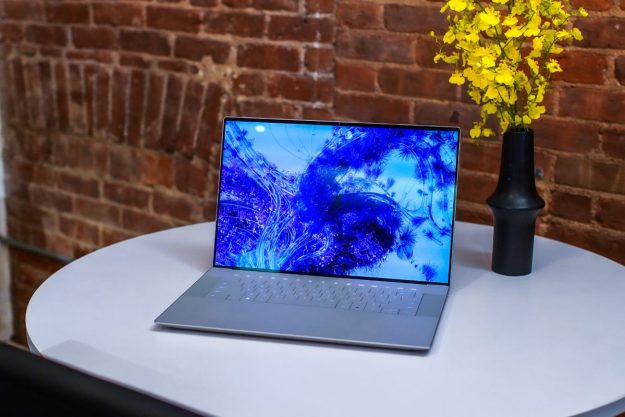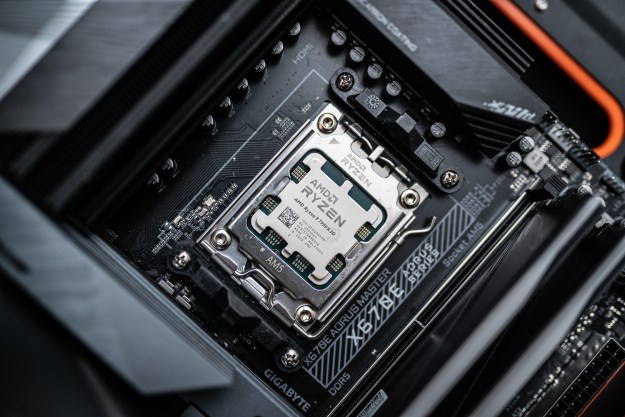
The Oculus Touch motion controller works by communicating with two sensors that are placed in front of the user. This means that the player can’t turn a full 360 degrees while in-game, because their body would prevent the sensors from tracking the controller — Rubin claims that about 270 degrees of rotation is trackable, according to a report from Road to VR.
However, the HTC Vive does offer room-scale VR, which is achieved by having users place sensors in opposite corners of the room up to 16.4 feet away from one another. Oculus apparently doesn’t think this is completely necessary for an enjoyable VR experience.
Rubin argued that a large proportion of players simply wouldn’t have the necessary space in their home for a room-scale VR set-up, citing the size of a typical apartment in cities like Rome, Tokyo, San Francisco, and London. “People from these cities aren’t really sure that roomscale is going to be dominant,” said the Naughty Dog co-founder.
“We’re just dubious that people are going to set aside a four by three meter area outside of developers and a core audience,” Rubin added. “We don’t want developers to go out there and find they don’t have an audience.”
Oculus is looking to make VR a mainstream success, and it would appear that the company sees the set-up required for a room-scale implementation as a barrier to non-enthusiast audiences. However, Rubin stated that there are no plans to restrict developers from creating this type of content for the Rift.
“What I would say is: we support it, we’re fully capable of it, we’ll probably support full 360, we may support roomscale, but it will not be required to have a fantastic time in VR,” said Rubin.
Editors' Recommendations
- This one feature could prevent motion sickness, but the Vision Pro doesn’t have it
- Why Microsoft Surface still doesn’t have a true answer to the MacBook Air


